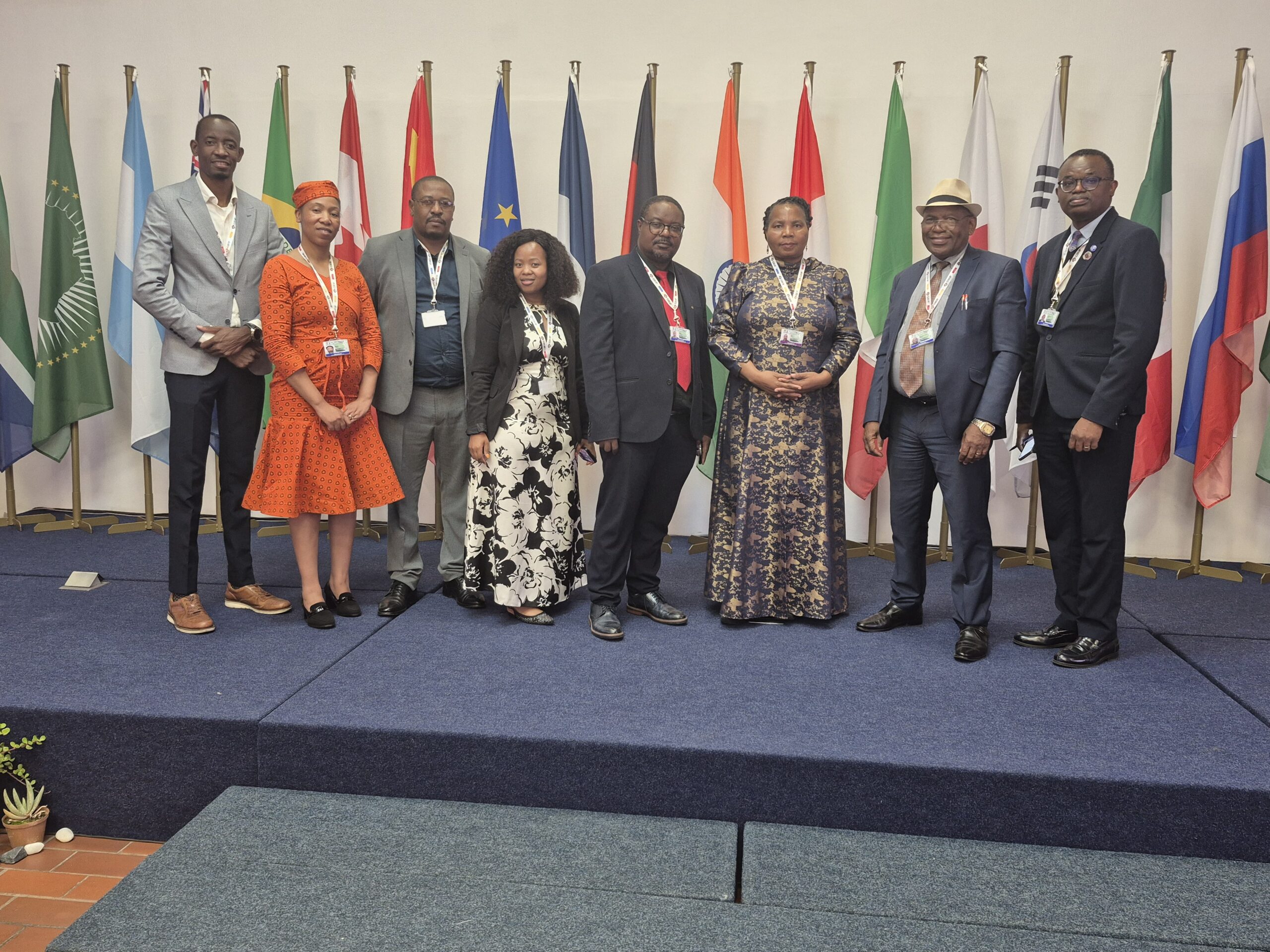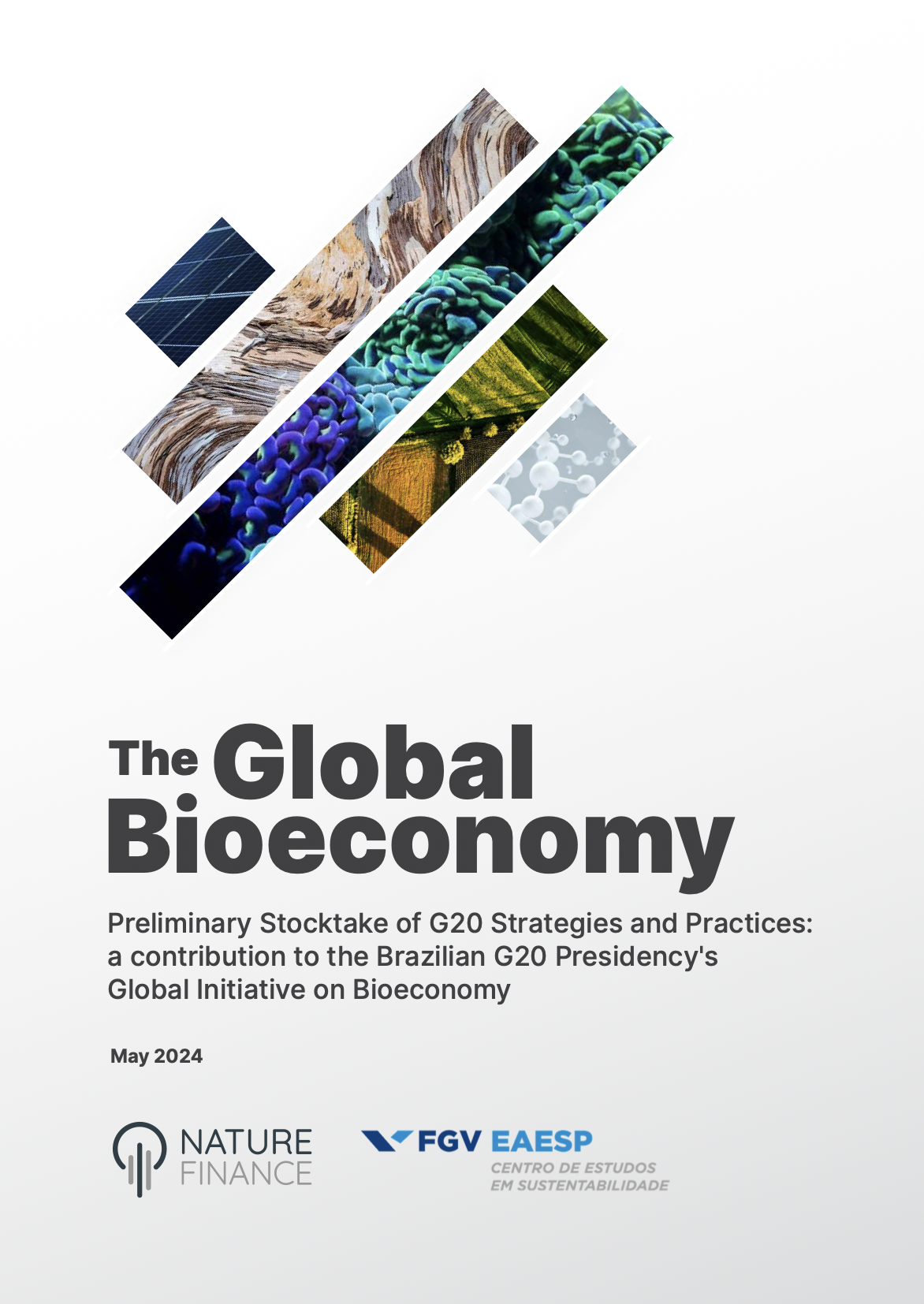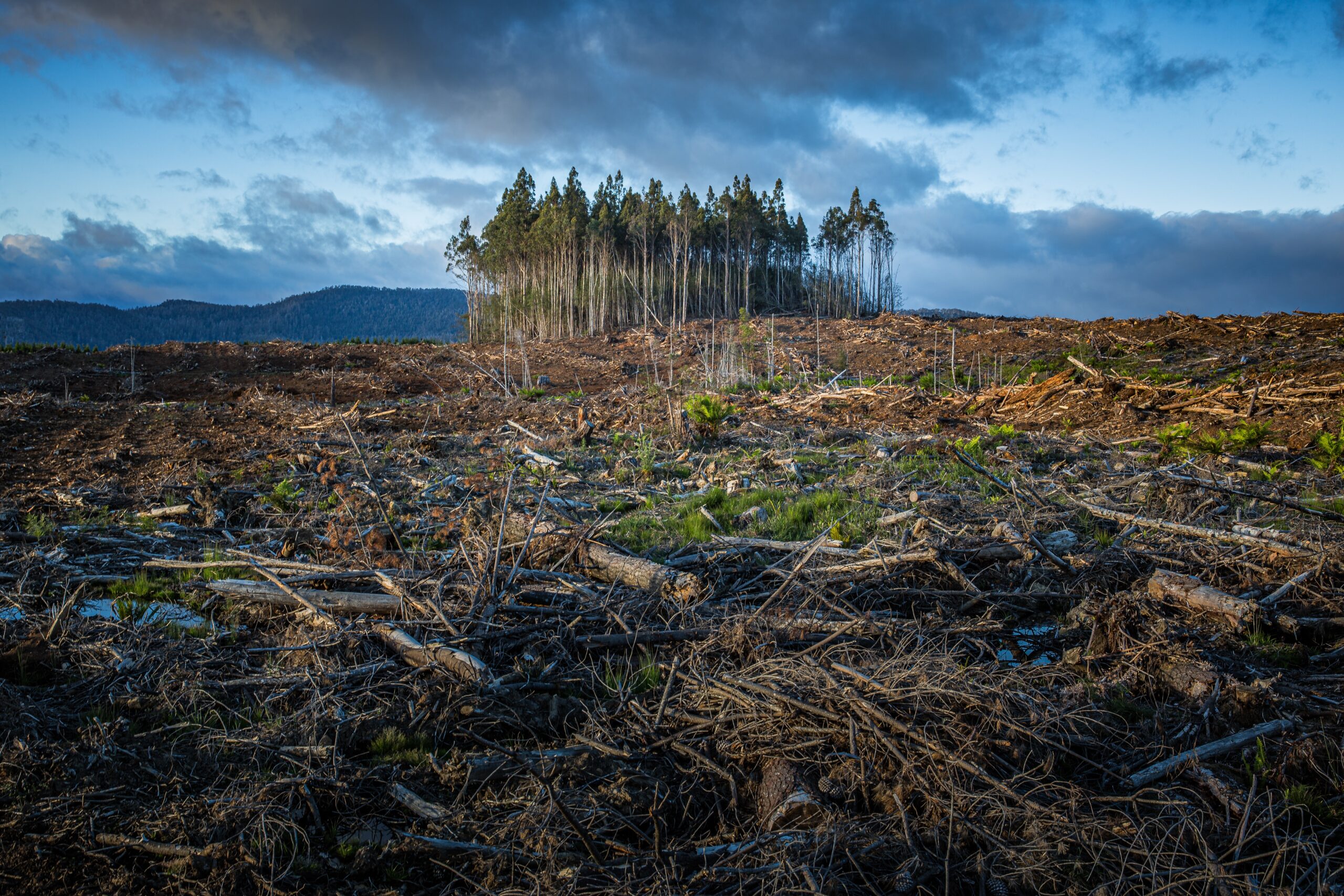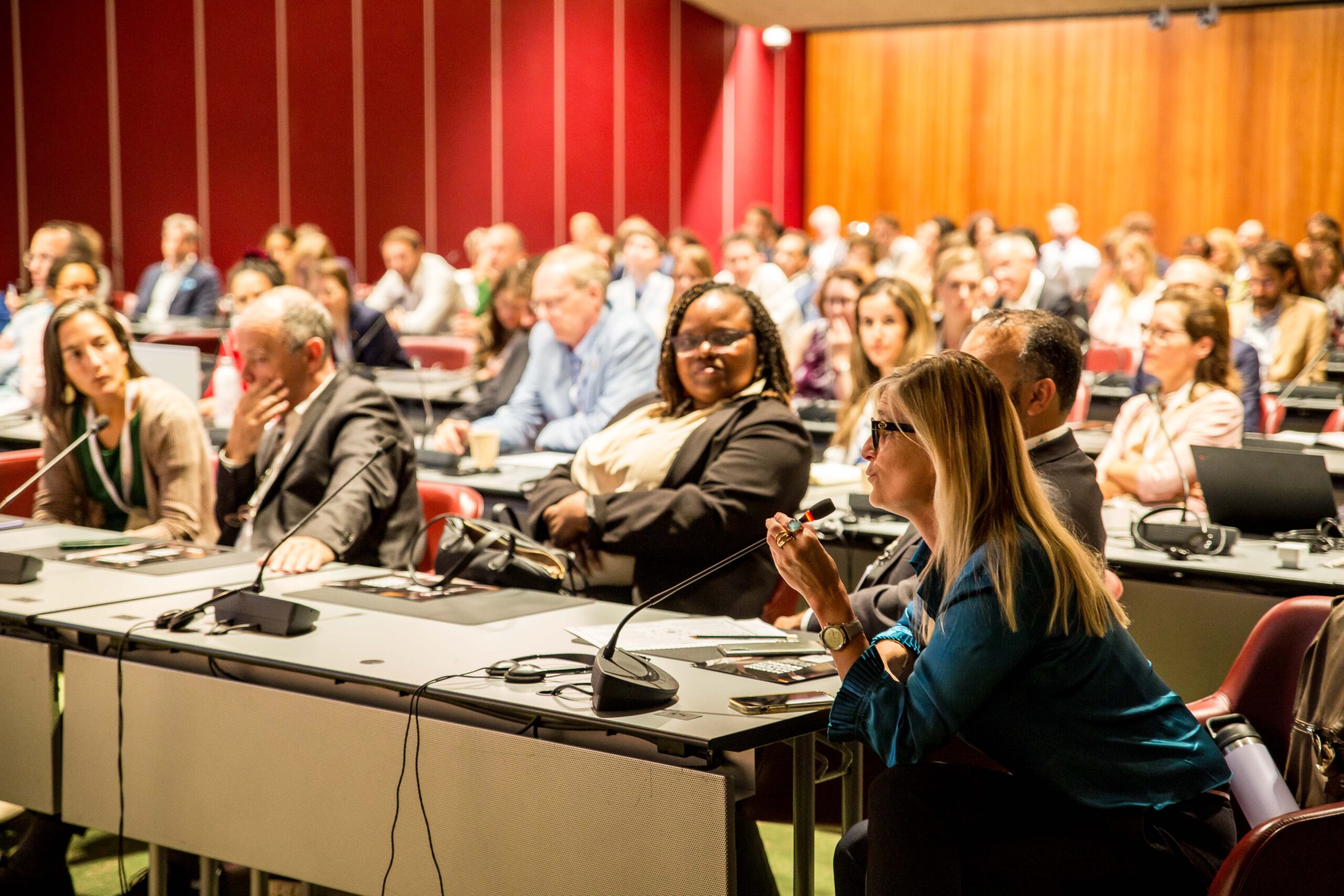At Building Bridges 2025 in Geneva, the dialogue between finance and nature entered a new phase of maturity. Across panels and partnerships, one message resonated with clarity: nature has moved from the margins to the core of financial strategy as both a material risk and a source of opportunity. From embedding nature in prudential frameworks to scaling blended finance for nature-positive growth, discussions converged on a single direction of travel: aligning global capital with planetary resilience.
Below are five insights shaping the next frontier of nature finance on the road to COP30 in Belém and beyond.
1. Nature is a core financial concern
Nature loss and biodiversity decline are now firmly established as material financial risks in the eyes of regulators, investors, and policymakers alike. Supervisory authorities in over 27 countries, including FINMA in Switzerland, are already embedding nature risk into prudential frameworks, with mandatory disclosure for Swiss institutions set for 2028.
Rapid advances in AI, satellite monitoring, and TNFD-aligned analytical tools now enable investors to quantify how ecosystem health translates into credit exposure and market stability.
“Resilient nature underpins resilient business.”
– Tony Goldner, TNFD
Insight: The financial sector is shifting decisively from awareness to accountability, integrating natural capital into the core of governance, risk management, and disclosure.
2. From pilots to portfolios: Scaling nature finance
Nature-based solutions, blended finance structures, and debt-for-nature swaps are evolving from pilots into standardized, investable portfolios. Governments in Brazil, China, and across Africa are codifying biodiversity credits, fiscal incentives, and enabling regulations to attract institutional investors and private capital at scale.
Multilateral development banks and development finance institutions are anchoring this scale-up, deploying guarantees, co-lending, and first-loss mechanisms to de-risk frontier markets and mobilize long-term capital flows.
“Development finance is not just about money — it’s about what money can do.”
– Ambassador Pietro Lazzeri, SECO
Insight: The centre of gravity is shifting from fragmented projects to replicable, bankable portfolios that generate both ecological and financial value, particularly across developing economies, where the return on impact is highest.
3. Innovation and standardization are unlocking capital
Breakthroughs in AI, environmental DNA (eDNA), and geospatial analytics are transforming how nature is monitored, valued, and priced into financial decision-making. Tools such as NatureAlign and ENCORE enable investors to assess nature-related dependencies and impacts, aligning with TNFD’s LEAP framework.
Yet achieving investment scale demands common definitions, robust valuation standards, and interoperable data systems to guarantee credibility and comparability across markets.
Insight: Innovation is accelerating efficiency and transparency, but standardization is the decisive factor to align finance with nature.
4. The capital continuum: From philanthropy to institutional investment
Bridging the global $3 trillion annual financing gap for nature calls for activating the entire continuum of capital from philanthropy and catalytic funds to institutional investors.
Early-stage ventures and community-driven initiatives, especially across emerging markets, depend on concessional and first-loss capital to build investment pipelines and draw in mainstream finance. Instruments such as impact-linked loans, gender-lens finance, and outcome-based models are proving effective in aligning purpose with performance and inclusion with scale.
Insight: Blended finance is no longer a niche experiment. It is the connective engine linking public purpose to private capital, making sustainable growth both investable and inclusive.
5. Reframing nature as infrastructure and strategic opportunity
Nature is increasingly recognized as critical infrastructure and a shock absorber, a stabilizing system for climate, water, food, and fiscal resilience.
Regions such as Africa, Latin America, and Southeast Asia, endowed with vast biodiversity and natural capital, are emerging as strategic frontiers for investment that fuses profitability, resilience, and inclusion.
“Nature is the air conditioner and the water pump of our planet — as well as a fiscal shock absorber.”
– Marcelo Furtado, Itaúsa
Insight: Positioning nature as critical infrastructure can unlock transformative capital while reinforcing systemic resilience.








